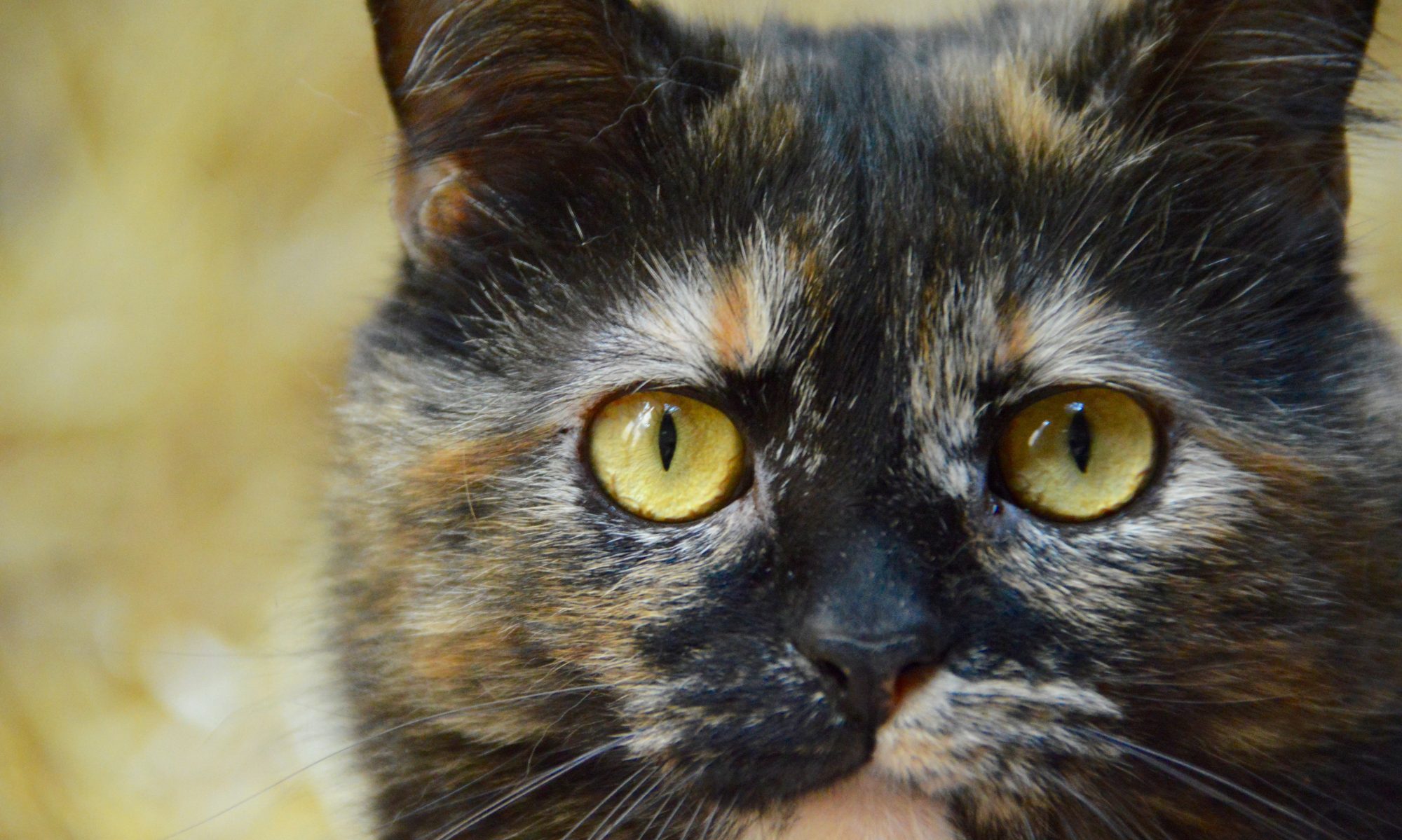
There are two important things I want to say about X-rays. The first is that they were discovered In 1895 by Wilhelm Roentgen. Later, Marie Curie contributed to the knowledge of how they worked by explaining radiation and coining the word radioactivity through her work with her husband, Pierre.
In December 1903, the Royal Swedish Academy of Sciences awarded Pierre Curie, Marie Curie, and Henri Becquerel the Nobel Prize in Physics. At first, Marie was excluded from consideration until Nobel committee member and Swedish mathematician Magnus Goesta Mittag-Leffler, alerted her husband to the situation. Pierre complained, and Marie’s name was added to the nomination. She became the first woman to be awarded a Nobel Prize.
Kudos to both men for their decency and integrity.
Marie was honored again with the 1911 Nobel Prize in Chemistry, “in recognition of her services to the advancement of chemistry by the discovery of the elements radium and polonium, by the isolation of radium and the study of the nature and compounds of this remarkable element.”
She was the first person to win or share two Nobel Prizes. Only Marie Curie and Linus Pauling are Nobel laureates in two separate fields.
During World War I, Marie was convinced that X-ray machines needed to be deployed to the battlefield. She organized a campaign to acquire vehicles and equipment and created a small fleet of such units.
Here is a delightful short film about Marie: https://www.youtube.com/watch?v=RLdiP8_8YIQ
Here are more facts about Marie for those interested: http://www.huffingtonpost.com/2013/11/07/10-marie-curie-facts_n_4018373.html

Thanks for the share.
Who knew? So interesting!